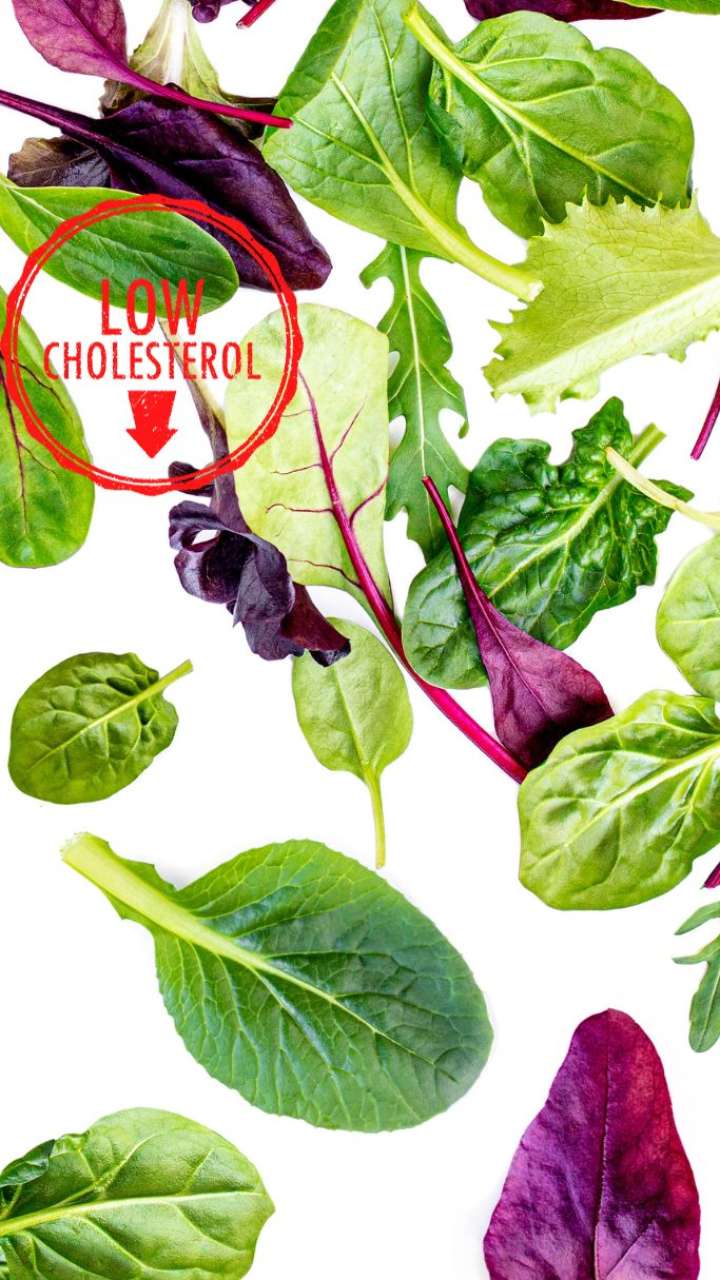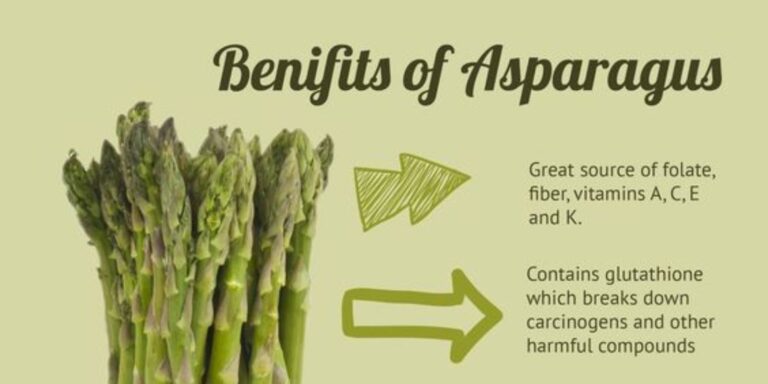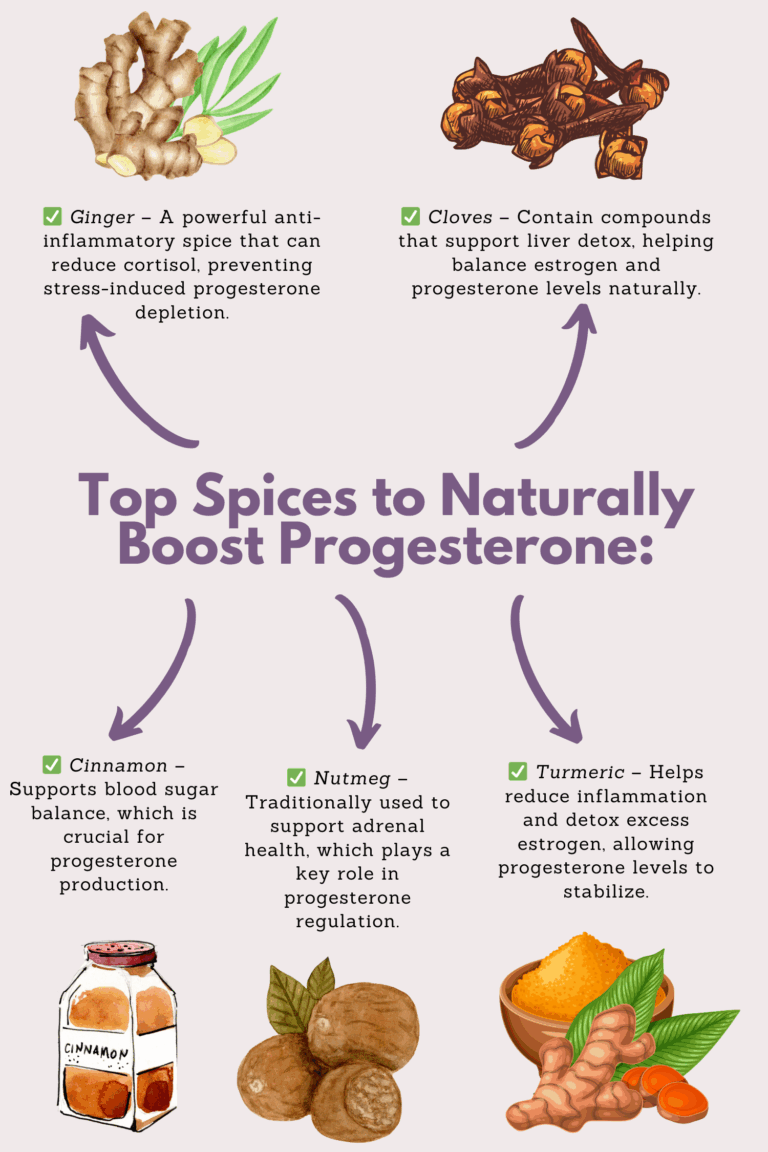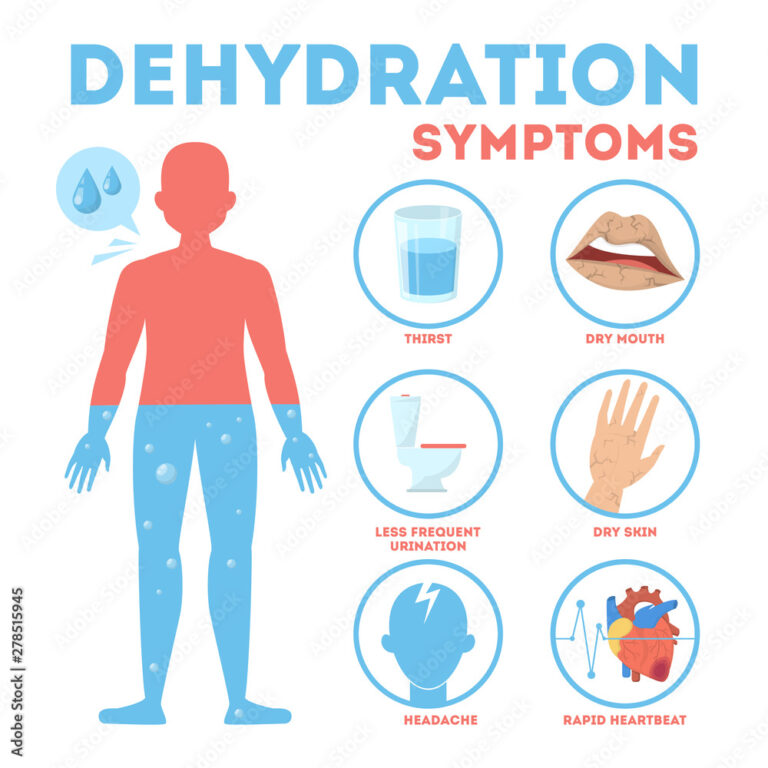Heart-Smart Greens: Lowering Cholesterol and Blood Pressure with Kale
In the intricate tapestry of human health, few threads are as vital and as vulnerable as the cardiovascular system. It is the tireless engine, circulating life-giving oxygen and nutrients, and its optimal function is the cornerstone of longevity and vitality. Yet, in our modern world, this system often faces an onslaught of challenges – from processed foods and sedentary lifestyles to chronic stress and environmental toxins. Two of the most insidious and widespread threats to heart health are elevated cholesterol levels and high blood pressure, silent assassins that pave the way for heart disease, stroke, and a diminished quality of life.
For generations, the medical community has grappled with these challenges, offering pharmaceutical interventions that, while often effective, can come with their own set of considerations. But what if the answer, or at least a powerful ally, lay not in a meticulously synthesized compound, but in the vibrant, crinkled leaves of a humble garden green? What if a vegetable, long overlooked or relegated to garnish, held the key to naturally bolstering our cardiovascular defenses?
This is the story of kale – a leafy green powerhouse whose remarkable nutritional profile offers a compelling narrative in the quest for heart-smart living. It’s a journey from the garden patch to the cellular level, revealing how this verdant champion can play a pivotal role in lowering cholesterol and blood pressure, empowering us to reclaim agency over our heart health.
The Cardiovascular Conundrum: Understanding the Silent Threats
Before we delve into kale’s heroic qualities, it’s essential to understand the adversaries it helps to combat.
Cholesterol: A Double-Edged Sword
Cholesterol is not inherently bad; it’s a waxy, fat-like substance essential for building healthy cells, hormones, and vitamin D. The problem arises when there’s an imbalance, particularly an excess of low-density lipoprotein (LDL) cholesterol, often dubbed "bad" cholesterol. LDL particles can deposit on arterial walls, forming plaque in a process called atherosclerosis. This plaque narrows and hardens arteries, restricting blood flow and increasing the risk of heart attack and stroke. High-density lipoprotein (HDL) cholesterol, or "good" cholesterol, acts like a scavenger, picking up excess cholesterol and returning it to the liver for removal, thus protecting against plaque buildup. The narrative of heart disease often hinges on this delicate balance, further complicated by elevated triglycerides and the oxidative damage that can make LDL particles even more harmful.
Blood Pressure: The Force Within
Blood pressure is the force of blood pushing against the walls of your arteries as your heart pumps. It’s measured in two numbers: systolic (the top number), which is the pressure when your heart beats, and diastolic (the bottom number), which is the pressure when your heart rests between beats. High blood pressure, or hypertension, means your heart has to work harder to pump blood, and the constant high pressure damages the arterial walls, making them less elastic and more prone to plaque formation. Uncontrolled hypertension significantly increases the risk of heart attack, stroke, kidney disease, and other serious health problems. It’s a silent killer because it often presents no symptoms until significant damage has occurred.
These two conditions are often intertwined, forming a dangerous duo that silently undermines cardiovascular health. The good news is that diet, a factor largely within our control, holds immense power to influence both. And here, our hero, kale, steps onto the stage.
Kale: A Nutritional Powerhouse Unveiled
Kale (Brassica oleracea var. sabellica) is not merely a trendy superfood; it is a nutritional marvel, boasting an extraordinary concentration of vitamins, minerals, fiber, and potent bioactive compounds. Its crinkled leaves, ranging from deep green to purple, are a testament to its robust internal chemistry.
Let’s dissect kale’s impressive nutritional resume:
-
Vitamins Galore:
- Vitamin K: Crucial for blood clotting and bone health, kale is one of the best sources.
- Vitamin C: A powerful antioxidant, essential for immune function and collagen synthesis.
- Vitamin A (beta-carotene): Important for vision, immune function, and skin health, also an antioxidant.
- B Vitamins: Including B6 and folate, vital for energy metabolism and homocysteine regulation (a risk factor for heart disease).
-
Mineral Wealth:
- Potassium: A key electrolyte, vital for maintaining fluid balance and crucial for blood pressure regulation.
- Magnesium: Involved in over 300 enzymatic reactions, including muscle and nerve function, blood glucose control, and blood pressure regulation.
- Calcium: Essential for bone health, but also plays a role in blood vessel contraction and dilation.
- Manganese, Copper, Iron: Important trace minerals for various bodily functions.
-
Fiber: The Gut and Heart Guardian:
- Kale is rich in dietary fiber, both soluble and insoluble. This is a cornerstone of its heart-protective effects.
-
Phytonutrients: The Unsung Heroes:
- Glucosinolates: These sulfur-containing compounds give kale its slightly bitter taste. When chopped or chewed, they break down into powerful compounds like sulforaphane and indole-3-carbinol, known for their anti-cancer properties and anti-inflammatory effects.
- Flavonoids: Quercetin and kaempferol are abundant in kale. These potent antioxidants have demonstrated anti-inflammatory, antiviral, and anti-cancer effects.
- Carotenoids: Lutein and zeaxanthin, primarily known for eye health, also act as antioxidants throughout the body.
- Omega-3 Fatty Acids: While not as abundant as in fish, kale contains alpha-linolenic acid (ALA), a plant-based omega-3, which contributes to its anti-inflammatory profile.
It is this synergistic blend of nutrients that transforms kale from a mere vegetable into a formidable ally in the fight against heart disease.
The Cholesterol Story: How Kale Intervenes
The journey to lower cholesterol with kale is a multifaceted one, involving several elegant biological mechanisms.
1. The Fiber Factor: Binding and Excretion
Kale’s high soluble fiber content is perhaps its most celebrated weapon against high cholesterol. Soluble fiber, once consumed, dissolves in water to form a gel-like substance in the digestive tract. This gel plays a crucial role in cholesterol management by:
- Bile Acid Binding: Our liver uses cholesterol to produce bile acids, which are essential for digesting fats. Normally, bile acids are reabsorbed in the small intestine and recycled. However, soluble fiber binds to these bile acids, preventing their reabsorption and promoting their excretion in feces. To replenish the lost bile acids, the liver must draw more cholesterol from the bloodstream, thereby lowering circulating LDL cholesterol levels. It’s like a natural "cholesterol vacuum cleaner," pulling excess cholesterol out of the system.
- Reduced Cholesterol Absorption: The gel-like consistency of soluble fiber can also interfere with the absorption of dietary cholesterol in the small intestine, further contributing to lower blood cholesterol levels.
- Gut Microbiome Modulation: Fiber acts as a prebiotic, feeding beneficial gut bacteria. A healthy gut microbiome can produce short-chain fatty acids (SCFAs) like butyrate, which have been shown to influence cholesterol metabolism and reduce inflammation throughout the body, indirectly supporting heart health.
2. Antioxidant Arsenal: Protecting LDL from Oxidation
High LDL cholesterol itself is a risk factor, but its danger significantly amplifies when it undergoes oxidation. Oxidized LDL is more readily taken up by macrophages, leading to the formation of foam cells, the precursors to atherosclerotic plaque. Kale, brimming with antioxidants like Vitamin C, Vitamin A (beta-carotene), quercetin, kaempferol, and other flavonoids, acts as a formidable shield against this oxidative damage.
- Scavenging Free Radicals: These antioxidants neutralize harmful free radicals, unstable molecules that can damage cells, including LDL particles. By preventing LDL oxidation, kale helps to halt the initial steps of plaque formation and reduce inflammation within arterial walls.
- Enhancing Endothelial Function: The endothelium, the inner lining of blood vessels, plays a critical role in vascular health. Antioxidants help maintain endothelial integrity and function, ensuring arteries remain flexible and responsive, which is crucial for preventing plaque buildup.
3. Phytosterols: Nature’s Cholesterol Blockers
While not as dominant as fiber or antioxidants, kale, like other plant foods, contains phytosterols. These plant compounds have a structure similar to cholesterol and can compete with dietary cholesterol for absorption in the intestine. By blocking cholesterol absorption, phytosterols can contribute to a modest reduction in LDL cholesterol levels.
4. Omega-3 Fatty Acids: A Subtle Contribution
Though not a primary source, the small amount of alpha-linolenic acid (ALA), a plant-based omega-3 fatty acid, found in kale also plays a subtle role. Omega-3s are renowned for their anti-inflammatory properties and their ability to help lower triglycerides, another type of fat in the blood that, when elevated, contributes to cardiovascular risk. By reducing systemic inflammation, ALA indirectly supports healthy cholesterol profiles and overall arterial health.
The Blood Pressure Narrative: Kale’s Calming Effect
Kale’s influence on blood pressure is equally impressive, targeting multiple pathways to promote vascular relaxation and reduce the strain on the heart.
1. Potassium: The Sodium Counterbalance
In our modern diets, sodium intake is often excessively high, leading to fluid retention and increased blood pressure. Potassium, abundant in kale, acts as a crucial counterbalance.
- Sodium Excretion: Potassium promotes the excretion of sodium through urine, helping to reduce the body’s sodium load.
- Fluid Balance: By influencing the balance of fluids and electrolytes inside and outside cells, potassium helps to regulate blood volume and, consequently, blood pressure.
- Vascular Relaxation: Potassium also helps relax the walls of blood vessels, further contributing to lower blood pressure. A diet rich in potassium and low in sodium is a cornerstone of hypertension management, and kale is an excellent contributor to this vital mineral.
2. Magnesium: The Muscle Relaxant
Magnesium, another mineral plentiful in kale, is a vital cofactor in hundreds of enzymatic reactions, many of which are directly relevant to blood pressure regulation.
- Smooth Muscle Relaxation: Magnesium helps relax the smooth muscles in the walls of blood vessels, leading to vasodilation (widening of the blood vessels) and reduced peripheral resistance, thereby lowering blood pressure.
- Electrolyte Balance: It works in concert with potassium and calcium to maintain proper electrolyte balance, which is critical for healthy cardiac rhythm and vascular tone.
- Nitric Oxide Production: Magnesium is also involved in the synthesis of nitric oxide (NO), a powerful vasodilator.
3. Dietary Nitrates: The Nitric Oxide Pathway
Kale, along with other leafy greens like spinach and arugula, is a significant source of dietary nitrates. This is a particularly exciting mechanism for blood pressure reduction.
- Conversion to Nitrite and Nitric Oxide: Once consumed, dietary nitrates are converted to nitrites by bacteria in the mouth and gut. These nitrites are then converted into nitric oxide (NO) in the bloodstream.
- Vasodilation: Nitric oxide is a potent vasodilator, meaning it signals blood vessels to relax and widen. This relaxation reduces the resistance to blood flow, leading to a measurable decrease in both systolic and diastolic blood pressure. This natural pathway provides a powerful, food-based mechanism to improve arterial flexibility and lower the burden on the heart.
4. Calcium: A Supporting Role
While calcium is most often associated with bone health, it also plays a role in cardiovascular function. Adequate calcium intake contributes to the proper functioning of smooth muscle cells in blood vessel walls, influencing their contraction and relaxation. Though its direct impact on blood pressure might be less pronounced than potassium or nitrates, it forms part of the overall mineral balance essential for optimal vascular health.
5. Antioxidants and Anti-inflammatory Compounds: Improving Endothelial Function
The same antioxidants and anti-inflammatory compounds (flavonoids, carotenoids, glucosinolate derivatives) that protect against cholesterol oxidation also contribute significantly to blood pressure regulation.
- Reducing Oxidative Stress: By mitigating oxidative stress and inflammation within the endothelium, these compounds help preserve the integrity and function of the arterial lining. A healthy endothelium is crucial for the production of nitric oxide and the overall regulation of vascular tone.
- Reducing Arterial Stiffness: Chronic inflammation and oxidative damage can lead to arterial stiffness, a major contributor to hypertension. Kale’s anti-inflammatory properties help maintain arterial elasticity, allowing blood vessels to expand and contract more effectively.
Beyond the Numbers: Holistic Benefits and Synergy
The story of kale isn’t just about individual nutrients acting in isolation; it’s about their synergistic power, creating a holistic effect that transcends simple arithmetic.
- Anti-inflammatory Powerhouse: Chronic low-grade inflammation is a root cause of many chronic diseases, including heart disease. Kale’s rich array of antioxidants and phytonutrients (like sulforaphane, quercetin, and kaempferol) actively dampens inflammatory pathways, protecting the delicate lining of blood vessels and reducing the risk of plaque formation and progression.
- Gut Health and Beyond: The fiber in kale doesn’t just bind cholesterol; it nourishes the gut microbiome. A healthy gut has profound implications for overall health, influencing nutrient absorption, immune function, and even the production of compounds that can modulate cholesterol and blood pressure.
- Detoxification Support: Glucosinolates in kale support the body’s natural detoxification pathways, particularly in the liver. A liver functioning optimally is better equipped to metabolize fats and toxins, indirectly supporting cardiovascular health.
- Weight Management: Being a low-calorie, nutrient-dense food, kale can contribute to satiety and aid in weight management. Maintaining a healthy weight is a critical factor in both cholesterol and blood pressure control.
The beauty of whole foods like kale lies in this complex interplay. We consume not just individual vitamins or minerals, but a vast orchestra of compounds working in concert, each enhancing the efficacy of the others, to deliver comprehensive health benefits. This "food matrix" effect is something that isolated supplements often fail to replicate.
Bringing Kale to Your Plate: A Culinary Journey
For many, the idea of incorporating more kale into their diet might conjure images of bitter, tough leaves. However, with a little culinary creativity, kale can transform into a delicious and versatile ingredient. The story of kale’s health benefits is incomplete without the practical guide to making it a staple in your kitchen.
Addressing the Bitterness:
- Massage it: For raw kale in salads, gently massage the leaves with a squeeze of lemon juice, olive oil, and a pinch of salt. This breaks down the tough cell walls and softens the texture, making it more palatable.
- Blanching/Steaming: A quick blanch (a minute in boiling water followed by an ice bath) or light steaming can significantly reduce bitterness and soften the leaves without stripping too many nutrients.
- Pairing: Combine kale with sweeter ingredients like roasted sweet potatoes, apples, berries, or caramelized onions. Acidic dressings (lemon, vinegar) also help cut through the bitterness.
Versatile Preparations:
- Smoothies: A handful of kale disappears almost entirely into a fruit smoothie. Its strong flavor is masked by bananas, berries, and other fruits, making it an easy way to get a potent nutrient boost.
- Salads: Beyond the massaged raw kale, try finely chopped kale mixed with other greens, nuts, seeds, and a vibrant vinaigrette.
- Sautéed/Stir-fried: Sauté kale with garlic and olive oil until tender-crisp. It makes an excellent side dish or addition to stir-fries, pasta dishes, or grain bowls.
- Roasted Kale Chips: Toss kale leaves with a little olive oil and salt, then roast at a low temperature until crispy. A delicious and healthy snack.
- Soups and Stews: Add kale towards the end of cooking in soups, stews, or chili. Its robust texture holds up well, and it wilts beautifully into the broth.
- Pesto: Substitute or combine kale with basil for a nutrient-dense pesto, perfect for pasta, sandwiches, or as a dip.
- Baked Goods: Finely chop or blend kale into savory muffins, frittatas, or even quiches for a hidden veggie boost.
Choosing Your Kale:
- Curly Kale: The most common variety, with ruffled, dark green leaves. Great for chips, sautéing, and smoothies.
- Lacinato Kale (Dinosaur Kale/Tuscan Kale): Has flatter, darker, and slightly more tender leaves. Excellent for salads and cooking.
- Red Russian Kale: With purplish stems and flatter leaves, it has a slightly sweeter, milder flavor. Good for salads and light cooking.
Always opt for fresh, vibrant kale with crisp leaves. Organic kale is often preferred to minimize pesticide exposure, though conventional kale is still a highly beneficial food. A quick wash under cold water is usually sufficient to clean the leaves.
The Broader Canvas: Kale as Part of a Lifestyle
It is crucial to emphasize that while kale is an extraordinary food, it is not a magic bullet. The story of heart-smart living is a grand narrative, with kale playing a starring role, but supported by a powerful ensemble cast.
- A Balanced Diet: Incorporate a wide variety of whole, unprocessed foods – other colorful fruits and vegetables, whole grains, lean proteins, healthy fats (avocado, nuts, seeds, olive oil).
- Regular Physical Activity: Exercise is fundamental for managing cholesterol, blood pressure, weight, and overall cardiovascular fitness.
- Stress Management: Chronic stress elevates hormones that can negatively impact blood pressure and contribute to inflammation. Practices like meditation, yoga, deep breathing, and spending time in nature are vital.
- Adequate Sleep: Quality sleep is essential for the body’s repair and recovery processes, influencing hormone regulation and cardiovascular health.
- Avoidance of Harmful Habits: Limiting processed foods, excessive sodium, refined sugars, unhealthy fats, smoking, and excessive alcohol consumption are non-negotiable for heart health.
Kale, therefore, is a powerful protagonist in a larger story of conscious living. Its inclusion in your diet is a tangible act of self-care, a daily affirmation of your commitment to nurturing your most vital organ.
Conclusion: Embracing the Green Revolution for a Healthier Heart
The journey to optimal cardiovascular health is not a sprint, but a lifelong commitment to nurturing the body with intention and wisdom. In this ongoing narrative, the humble kale emerges as a true champion – a vibrant, accessible, and scientifically-backed food that holds immense power to transform our heart health.
Its rich tapestry of fiber, antioxidants, potassium, magnesium, and nitrates offers a multi-pronged approach to lowering both cholesterol and blood pressure. It doesn’t merely mask symptoms or address single pathways; it works synergistically with the body’s natural processes, bolstering its defenses and promoting a state of vitality from the cellular level upwards.
By understanding the intricate mechanisms through which kale operates, and by embracing creative culinary approaches to integrate it into our daily lives, we empower ourselves to write a healthier future. So, let us heed the call of the "Heart-Smart Green." Let us turn a new page in our personal health stories, allowing the vibrant, life-affirming essence of kale to nourish our bodies, protect our hearts, and guide us towards a future of sustained wellness and robust cardiovascular health. The revolution for a healthier heart begins, quite literally, with a leafy green.







